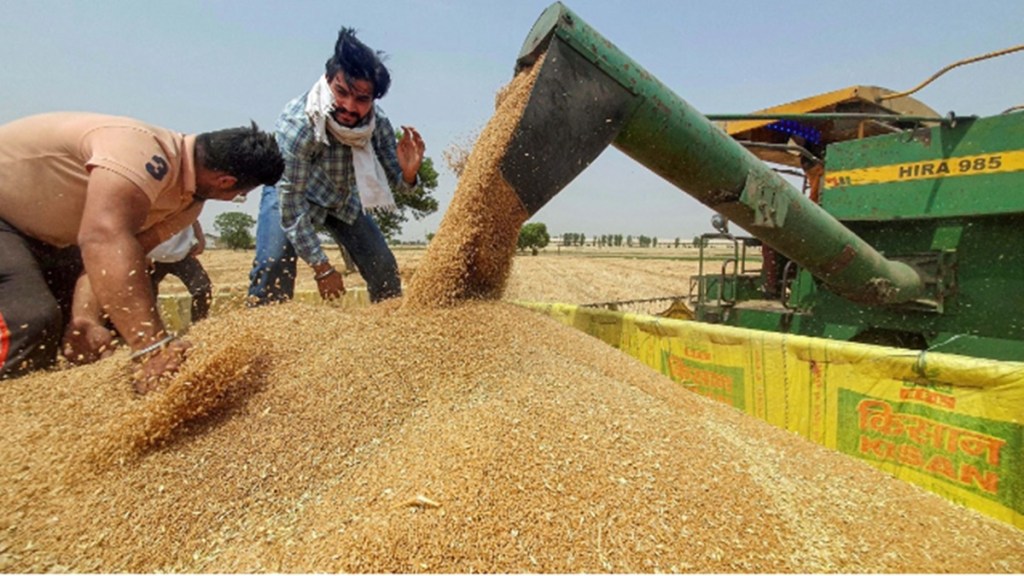The government is exploring options like imposing stock holding limit for wheat and releasing additional quantities of the grain over and above the 3 million tonne (mt) already approved for the open market sale from the Food Corporation of India (FCI) stocks to curb a spike in retail prices.
Besides, the government will continue with the ban on wheat exports imposed last year till the end of the 2023-24 marketing season (April-June). It will also scale up procurement operations to ensure that the grain stocks remain at a comfortable level through the coming summer.
“We will take all possible measures in the next few weeks to prevent any spike in domestic prices of wheat and flour,” a food ministry official told FE. The aim is to bring down wheat prices, prior to commencement of Minimum Support Price (MSP) purchase by FCI and state agencies from April 1.
Also read: Why profit first strategy is key to running a successful business
Following the selling of 0.92 mt of wheat in the open market from FCI stock in the first e-auction held at the beginning of this month, mandi prices of wheat have dropped from a range of Rs 2,900-Rs 3,000/quintal to around Rs 2,450-2,500/quintal at the present. This price is against the Minimum Support Price of Rs 2,125/quintal announced for the 2023-24 marketing season.
The government will offer 1.5 mt of wheat through the second e-auction on February 15.
As on February 9, the FCI had wheat stock of 14.7 mt which is above the buffer norm of 13.8 mt for January 1. As per the food ministry’s assessment, the wheat stocks held with FCI by April 1, 2023 would be a comfortable 9.7 mt against a buffer of 7.4 mt.
“Mandi prices of wheat are still ruling above MSP, once the grain purchased through e-auction enters the market, retail prices of wheat as well as flour are expected to decline,” the official said.
According to the department of consumer affairs’ price monitoring cell data, the modal retail price of wheat and flour (atta) on Saturday rose to Rs 28/kg and Rs 35/kg, respectively, from Rs 22/kg and Rs 28/kg six months ago.
Wheat retail inflation rose by 22.2% in December.
On the current wheat crop prospects, Gyanendra Singh, director, Indian Institute of Wheat and Barley Research, a Karnal-based institute affiliated to Indian Council for Agricultural Research, said, “Weather fluctuations are there but so far very good for wheat crop. Last two days were cooler and nights are continuing to be cool.”
According to agriculture ministry data, wheat has been sown in 34.3 million hectare this season, which is marginally higher than the previous year.
The agriculture ministry will release the first advance estimate of wheat output for the 2022-23 crop season (October-September) later this month.
Also read: Zerodha’s Nithin Kamath slams data analytics, reveals why Zerodha doesn’t opt for ‘useless’ service
Pritam Singh, a wheat farmer from Panipat, Haryana, said that the prevailing day time temperature has been slightly on the higher side, but a drop in night temperature is at present conducive for the crop.
Wheat output in the last crop year (July-June), had declined by around 3% on year to 106.8 mt because of heat waves during the flowering stage of the crop in March.
Due to lower production and higher global demand, the FCI’s procurement in the 2022-23 marketing season fell by more than 56.6% to only 18.8 mt against 43.3 mt purchased from the farmers in the previous year.


